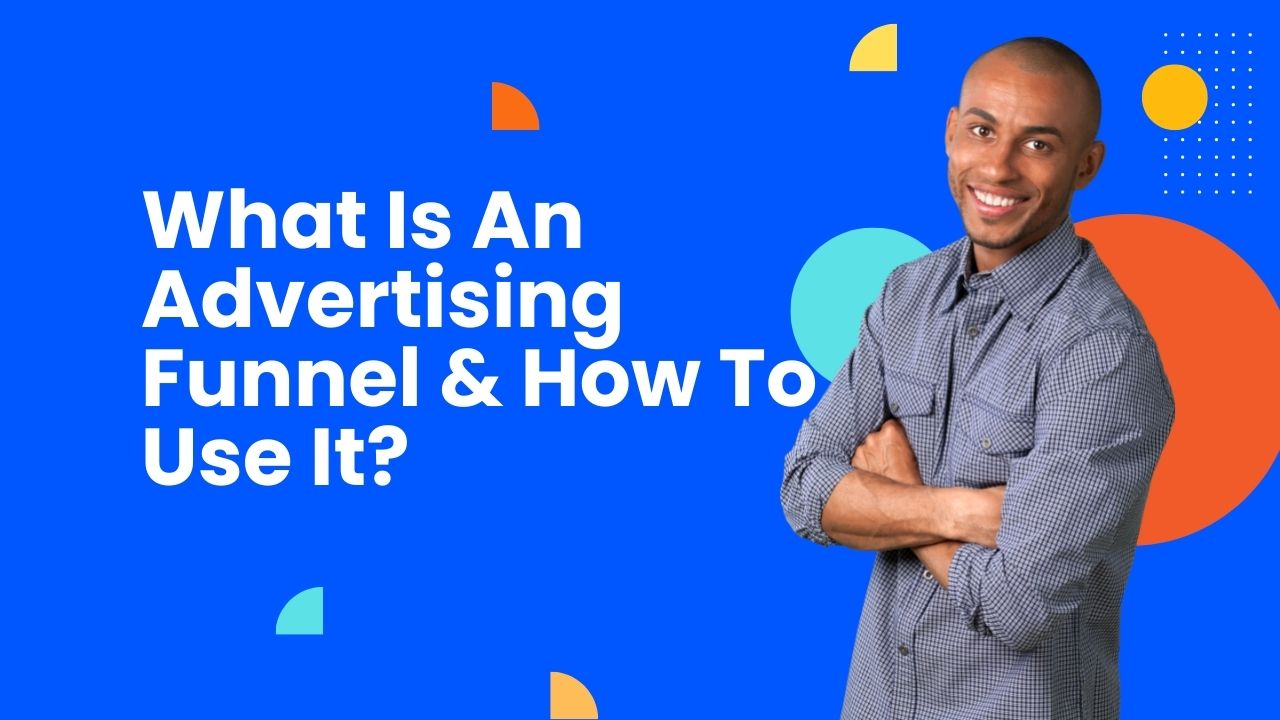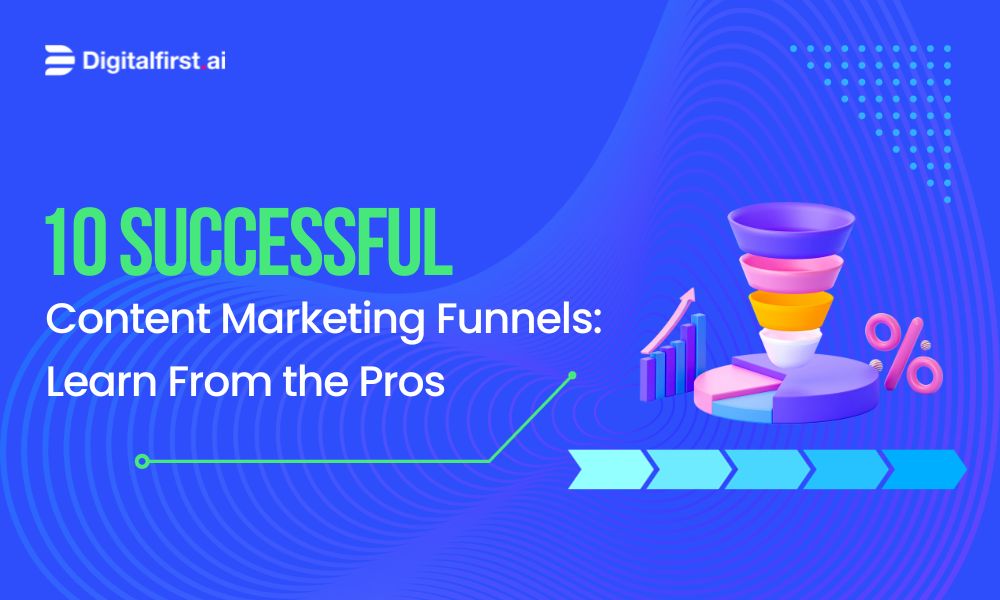Social Media Marketing Funnel: Convert More Traffic Into Customers
A social media marketing funnel is a tool that helps you figure out what to post on your social media pages to drive customer action
Sonu kalwar
Share:
A social media marketing funnel is a tool that helps you figure out what to post on your social media pages to drive customer action. You see, a marketing funnel describes how customers move through the stages of awareness, consideration, conversion, and loyalty. It's really useful for understanding how your different marketing activities work together to help you meet your goals. Businesses use them often in their paid advertising. But a social media marketing funnel is specific to social media and the ways in which it interacts with other digital channels like email and search engines.
What are all those different stages? Well luckily for us, those are exactly the things I'll cover in this article! Keep reading for my breakdown of all you need to know about creating a successful social media marketing strategy!
Try Digital First AI's Plug & Play AI-Powered Marketing Workflows Builder

No credit card needed. Instant access. Try now for free.
Social media funnel maps
Your social media funnel maps out how potential customers become aware of your brand, consider it, make a purchase, and then go on to become loyal customers or advocate for your business.
In this stage, people are discovering that you exist. This can be through existing followers of your pages or profiles seeing stories about you posted by friends or other businesses. It could also be through people noticing hashtags connected to your business that they’re interested in such as #TacoTuesday if you run a Mexican restaurant.
In the consideration stage, visitors to your site start taking more action than liking and sharing posts. They sign up for your newsletter or download valuable content from you such as e-books and webinars in exchange for their email address. At this point, they’re also engaging with other fans of your page by commenting on posts and messaging directly with questions that can give you additional information about them and their motivations so that you can customize content more effectively down the line.
Explore deeper
Understand your audience
Figure out how people are introduced to your brand by analyzing data on the number of people who visit your website, shop on your app, or sign up for an email newsletter.
Understand who your target market is and make sure that you’re giving them the content they want. This is where user research comes in handy — use focus groups, surveys, and quizzes to get a better idea of what interests them. For example:
Are they sports fans?
Do they frequent Instagram?
What type of music are they into?
What food do they eat?
Track your audience
Naturally, how people discover your social media accounts is a big part of your funnel. Some people may discover your brand through advertisements, and others may find you through a friend. Word-of-mouth is one of the most powerful methods of attracting brand loyalty and an excellent way to get customers into the awareness stage of your funnel. If you have friends or family who love your products, make sure they know about it!
You might also attract new followers by advertising on Facebook or Twitter. These promotions are targeted to users with certain interests, so it's important to think about what keywords potential customers might be searching for when creating your ad campaigns.
Stages of the Social Media Marketing Funnel
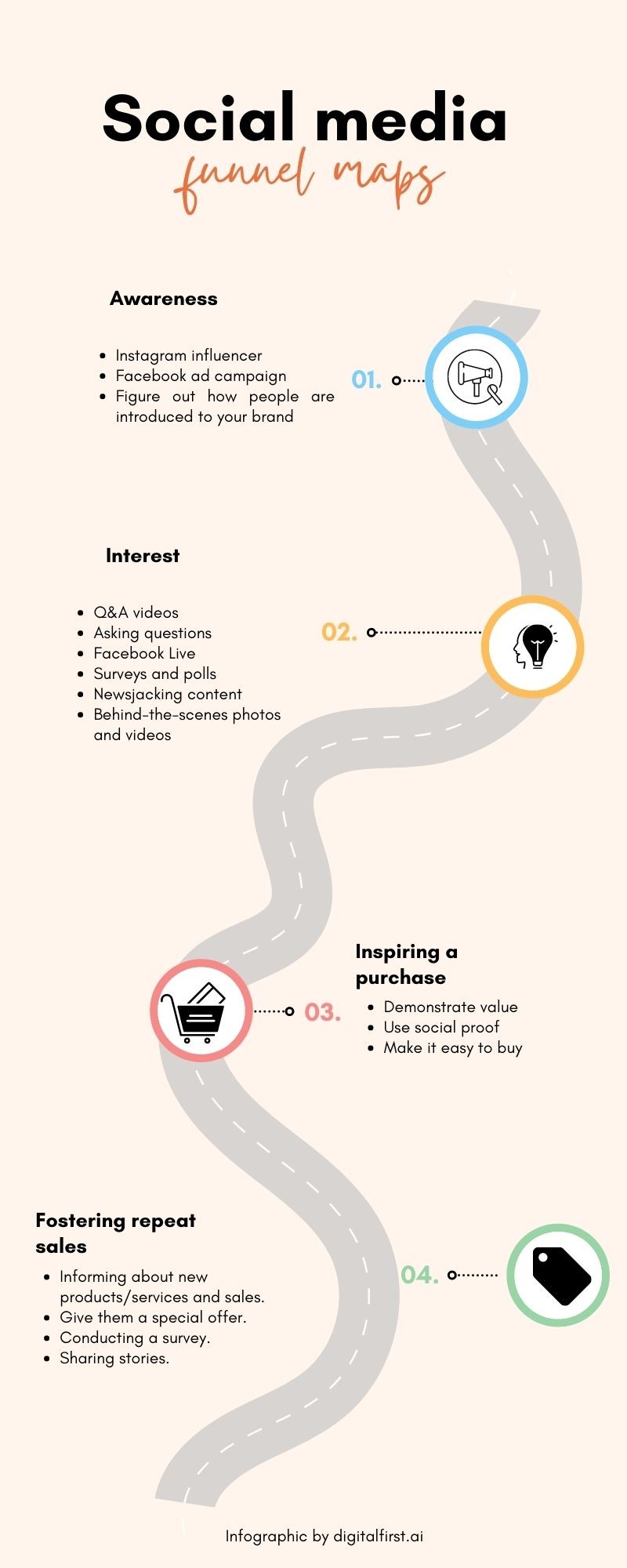
Awareness
To drive awareness, your business has to create a social media presence. To do this, you have to post regularly to social media. Use hashtags that relate to your brand and the goals of your marketing campaign. This will make it easier for people interested in what you're posting about to find you.
Also consider partnering with influencers on social media who can promote your content or even create content for you. Finally, consider using paid advertising on social media sites like Facebook and Instagram as well as on Twitter and LinkedIn. You can also use contests or other events through these sites to build interest in your company. For example, if you own a home repair business, you might offer discounts for the first 100 customers who like and share a Facebook post from your page.
For B2B companies specifically, look into groups within LinkedIn where people in a target market are posting discussions related to industry topics and responding with thoughtful responses that contain relevant information about their products or services.
Examples of awareness stage in social media marketing funnels
The awareness stage in social media marketing funnels is the first step in the process. In this stage, you hope to introduce your brand to someone who has never heard of you before. You aim to convince them that they want or need your product or service and that your brand can fulfill that need.
If you can't get a potential customer's attention at this point, then it doesn't matter how well-crafted and targeted your content is, since no one will see it. This is why social media marketing funnels are crucial as they help you get noticed by customers who might not otherwise hear about your company.
Instagram influencer
Awareness stage examples include:
Instagram influencer posts
Facebook ad campaigns
Search ad campaigns
YouTube ad campaigns
Podcast ads
Facebook ad campaign
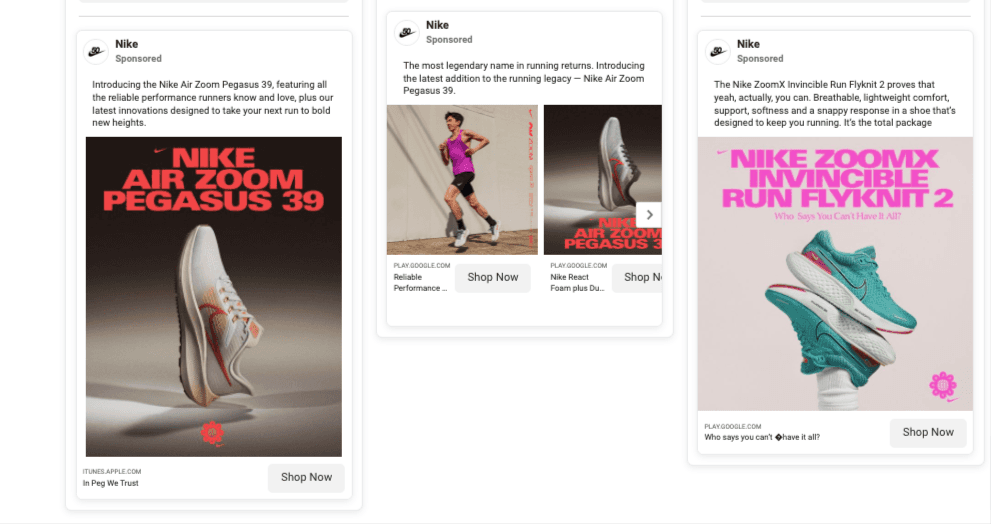
You might also run a Facebook ad campaign targeting people who are interested in similar products and brands. Using Facebook's targeting options, you could target people who like:
Similar brands
Similar pages
Similar types of content
Engaged with similar ads
Figure out how people are introduced to your brand
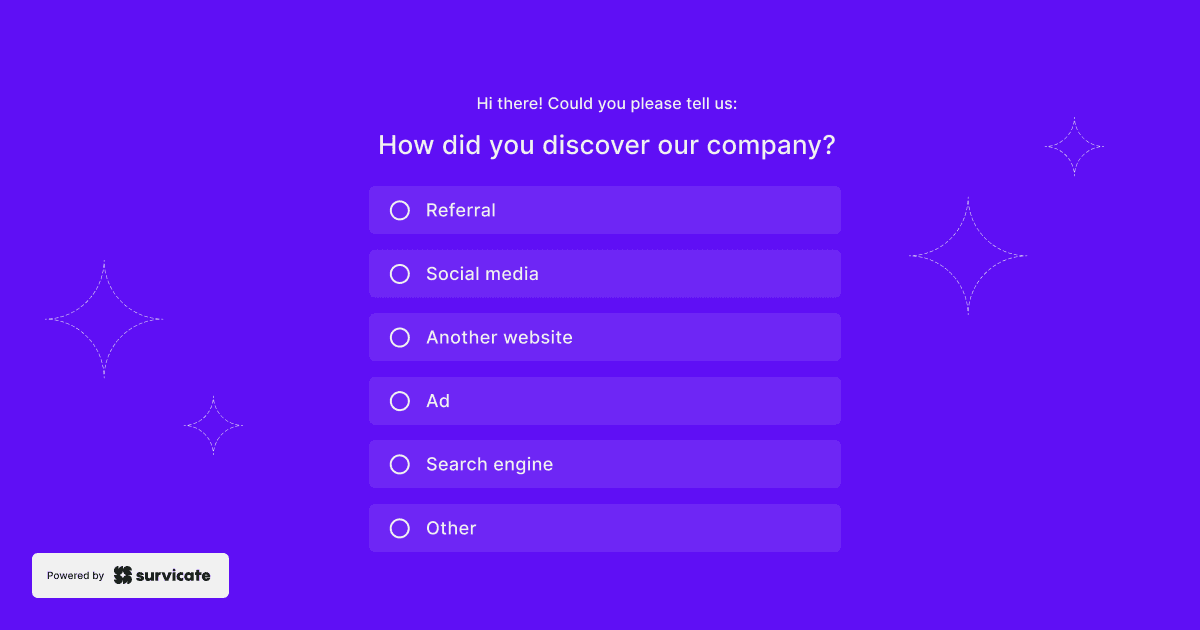
Figure out how people are introduced to your brand by analyzing data on the number of people who visit your website, shop on your app, or sign up for an email newsletter.
Understand who your target market is and make sure that you’re giving them content they want. This is where user research comes in handy — use focus groups, surveys, and quizzes to get a better idea of what interests them. For example:
Are they sports fans?
Do they frequent Instagram?
What type of music are they into?
What food do they eat?
Interest
The first stage is generating interest. For this, you’ll need a social media page on relevant platforms with high-quality content posted frequently. Growing your organic audience is important because it establishes trust and builds your audience base. It also allows your page to show up in search results when people are looking for your product or service.
Additionally, you can use paid ads to boost exposure and reach as many people as possible. If most of the people seeing your posts are already interested in what you have to offer, they’ll be more likely to engage with your content and move down the funnel.
Examples of interest in social media marketing funnels
Q&A videos
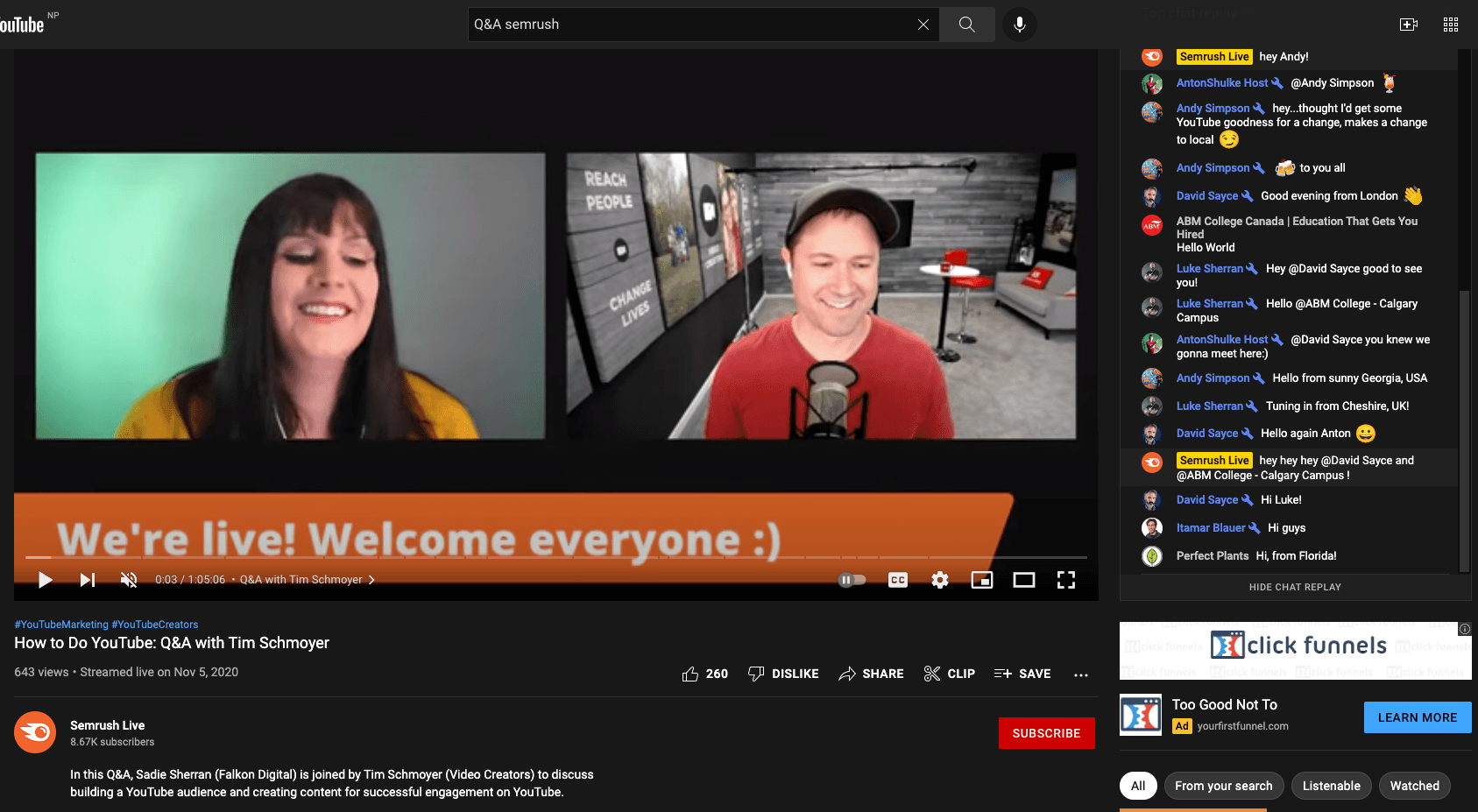
Q&A videos are a great way to give your target audience the answers they’re looking for, in a format that people love. Q&A videos are also a great way to build trust and work like a charm at driving people into your social media marketing funnel.
Asking questions
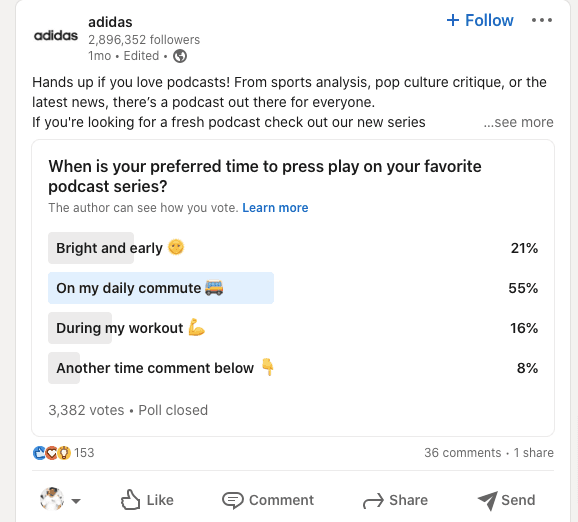
Asking questions is a great way to start any conversation. It helps you understand what the other person is interested in and enables you to provide more value for your customers.
For example, let’s say you are an online shoe retailer. You want to post a social media update that asks your followers about their favorite running routes.
You can even go one step further and ask them where they like to run outside of the city or state they live in. If they mention a place that’s far away, suggest some shoes that are perfect for long-distance running or will hold up well on different terrain to help them prepare for their upcoming trip!
Facebook Live
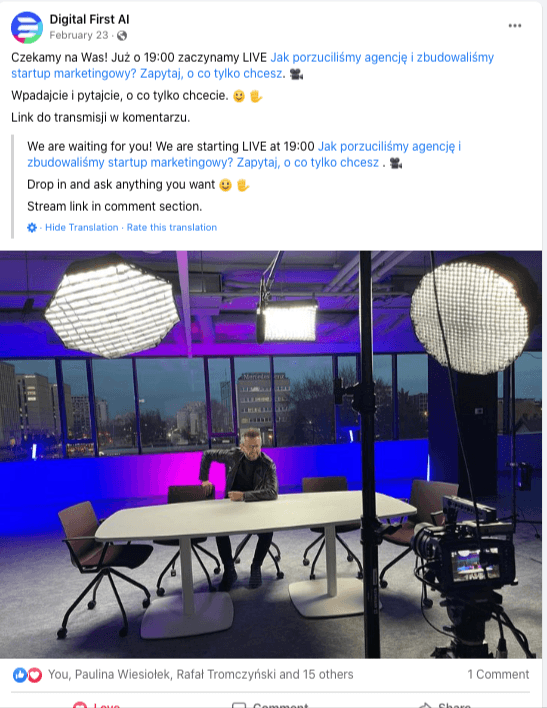
One of the most effective ways to attract your audience is through Facebook Live, which allows you to create short videos on the fly for your followers to watch immediately. Because it's live, it's a great way for you and your audience to have a conversation, leading to an authentic experience that brings them closer to your brand.
You can use Facebook Live in many ways throughout the Interest stage. The key is being able to inspire, entertain or educate with each video so that your potential customers want more and build anticipation before they move on to later stages in the funnel. For example, if you own a bakery, use Facebook Live as an opportunity to share recipes with viewers. If you're promoting a new album, use it as an opportunity for fans who tune into the video early in their day and stick around until work is over--adding their excitement about hearing new music by engaging with them and answering questions along the way.
Surveys and polls

Surveys and polls are a great way to ask the audience questions that will help you better understand them. The key to creating effective surveys is to make them short and sweet. If the survey is too long or asks too many questions, people won’t have time or energy to complete it. You also want to make sure that your survey is easy for people to share with their friends so you can reach a wider audience. However, don’t go overboard on sharing prompts. Ideally, you’ll be able to strike the right balance between encouraging virality and not overwhelming your customers before they even finish answering questions.
At the end of each survey, include a call-to-action that provides participants with more information about your brand in exchange for their email address or other contact details (i.e., “Sign up for more information here!”). This allows you to collect emails while simultaneously providing value by giving users access to exclusive content like ebooks or white papers related to their interests based on the results of their answers in the poll itself.
Newsjacking content
Newsjacking is a great way to get people to notice your brand—and it's pretty easy, too. The idea is that you take a current event and use it as an opportunity to get more eyes on your content by tying it in with what’s happening. It doesn’t need to be anything that requires high-level expertise or analysis, just something interesting and relevant to your brand.
For example, if you run a food blog dedicated to tacos, you could write something like this:
"Unlike the Taco Bell Breakfast Menu, TacoFancy's take on breakfast taco recipes will never disappoint you."
It’s an obvious tie-in and funny without being too over the top.
Behind-the-scenes photos and videos
Behind-the-scenes photos and videos are great because they show a side of your business that would normally be invisible to customers. They help you show a little vulnerability, giving your company human qualities that make it more relatable.
Some ideas for behind-the-scenes photos and videos are:
Candids of your team members on the job
Sneak peeks of new products or services
A time-lapse video of a project coming together
A peek inside your office with interviews with satisfied customers
Get creative! You can even use Instagram Stories to share behind-the-scenes content with more urgency since it’s only available for 24 hours. To drive more visibility to behind-the-scenes posts, don’t forget to include relevant hashtags, and ask followers to share their own behind-the-scenes photos by tagging you. These pieces of content will help you draw people into your social media marketing funnel.
Good content in the Interest stage:
Is educational/informational and is helpful to your audience whether or not they buy from you or have a specific need for your product.
Includes tips, tricks, and advice about topics related to your industry.
Answers questions that are frequently searched for by prospects in the awareness stage of their buying journey.
Inspiring a purchase
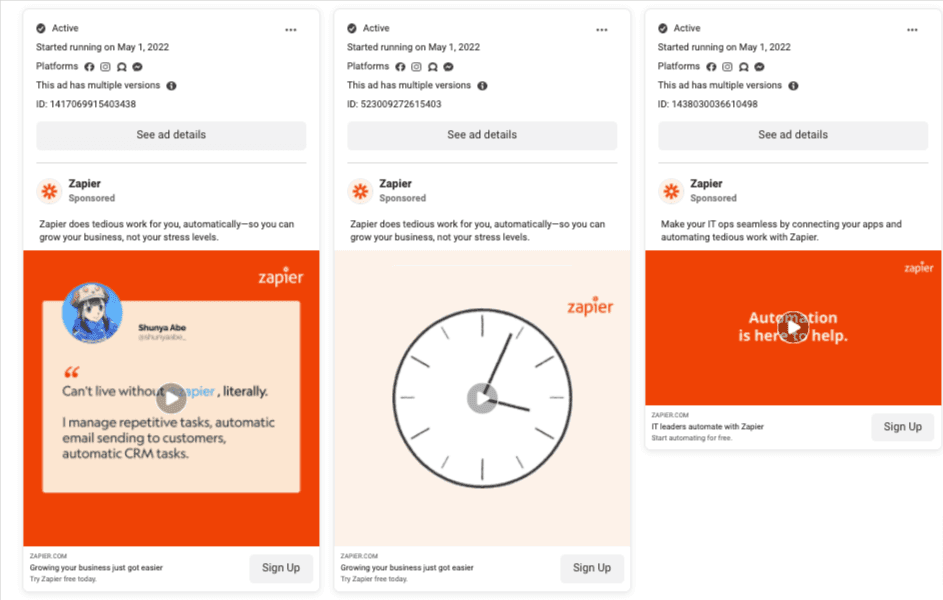
To turn your social media followers into paying customers, you need to introduce them to your product or service in a way that is enticing and relevant.
Demonstrate value: If you've built the trust of your audience, they should be receptive to hearing about how a particular feature of your product or service can help them.
Give them a call-to-action: After you’ve introduced an enticing new feature, give them a link to learn more or buy. Don’t just tell them what the feature does — tell them how it solves their particular problem.
Use social proof: For example, if you have a large following on Instagram, make sure people are aware of that fact in order to help build credibility for your brand. If other users have found success with the product or service, speak on their behalf by sharing reviews and testimonials from satisfied customers.
Make it easy to buy: What good is an awesome sales pitch if the customer isn't able to purchase the product? Once you get those potential purchasing fingers tapping away at keyboards and phones, make sure there aren't any obstacles in their way like slow load times or broken links.
Fostering repeat sales
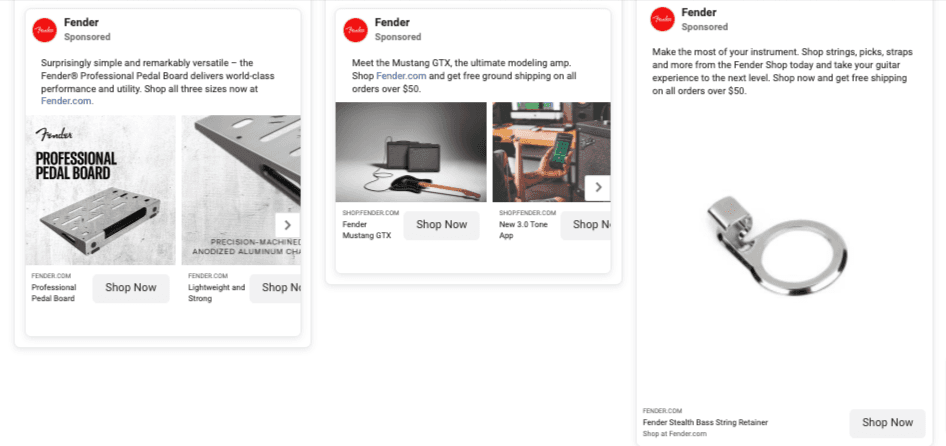
In this stage, you may want to try:
Letting your customers know about new products/services and sales.
Give them a special offer.
Conducting a survey that allows you to improve your product/service offerings.
Sharing stories of how others have used your product/service.
How to Build the Best Social Media Marketing Funnel?
Know your audience
If you’ve ever been to a sales convention, you know that sales is all about the funnel. And social media marketing is no different. However, before you can start building your social media sales funnel, it’s important to understand what it is and what needs to go into it.
The first step in creating your social media marketing funnel is understanding who your target audience is and how to speak directly to them. After all, people don’t buy from brands they don’t trust or believe in. So if you can develop a relationship with them early on and get them engaged with your content, then there’s a good chance they will convert later on down the line when they need what you offer.
However, if you don't have an idea of who your audience is before starting this process - then all of this work will be for nothing because your message won't resonate with anyone at all!
So take some time today (or even right now!) To think through these questions: “What are my company's values? What do I want customers to associate my brand name with? Who do I want as customers? Which ones will benefit most from what we offer?"
Identify the Right Channels for Your Audience
How do you identify which social media channels will be the most effective for your business?
By looking at where your potential customers are, of course!
Social networks like Facebook, LinkedIn, and Twitter are packed with users from all over the world that you can reach out to. But not all of them will be interested in what your business is selling.
Identifying these 'right channels' and focusing on them will help you generate more leads. This is because people who visit these channels have already demonstrated an interest in the type of content that you are sharing on them.
Instead of trying to connect with all those people who don't care about what you're doing, focus on those who have already expressed an interest in it.
Use Social Proof to Build Buzz Around Your Brand
A big part of building a productive social media marketing funnel is building a community around your brand. This means that people will want to engage with your posts and tell others about them. Social proof can help you build buzz around your brand without having to pay for ads or promotions.
Social proof is the idea that people are more likely to follow the actions of others if they believe those actions are correct, according to Robert Cialdini, author of Influence: The Psychology of Persuasion. For example, people are much more likely to buy a book if they hear from many other people that it’s good than from just one person telling them it’s good.
You can use social proof in your social media marketing by publishing testimonials and reviews on your business page or even creating user-generated content.
Build Your Email List with an Opt-In Freebie
The first key to building a social media marketing funnel that converts is by expanding your email list. By doing so, you're creating a gateway to easily connect and build a relationship with every lead when they opt-in to your list.
What is an Opt-In Freebie?
An opt-in freebie is an incentive you offer in exchange for the lead's email address. The freebie can be anything from:
A downloadable PDF or checklist—like "How To Write Headlines That Get Clicks (And Drive More Traffic)" or "25 Lead Magnet Ideas To Grow Your Email List".
An access link to video training—like "How To Write Blog Posts That Convert Readers Into Email Subscribers". Or, it can be something else entirely like:
A coupon code—like 10% off their next order from your online store.
Early access to an upcoming product launch—like early registration for a new product launch.
Access to exclusive content that isn't available anywhere else on the web—like how-to guides, tips & tricks, and other content that is only available through signing up for your newsletter.
Use a Branded Hashtag to Encourage User-Generated Content
Social media marketers have learned that when it comes to increasing their presence in search rankings, a social media presence on Twitter and Facebook is essential. More than 52% of B2B marketers report having at least one social media account, but only 21% are using them for marketing purposes.
And according to LinkedIn's first-ever State of the Industry Report, there is still room for improvement in social media strategy for B2B brands. When asked which elements of their business or sector they thought were most important to improve in 2016, four out of five respondents (83%) highlighted social media initiatives as one of their top two goals (along with increasing revenues). By contrast, only 41% ranked customer acquisition as a goal on par with social media; however, the report also found that companies are spending more than $1 million per week on marketing efforts—a number more akin to 2015's total spend ($943 million).
How to Retarget Users Who Abandoned Their Shopping Cart?
What are retargeting ads? It's a way to advertise to people who've abandoned their shopping cart. To do this, you place ads that target those users with ads for your product or service. For example, if I log in to my e-commerce account and leave a product in my shopping cart but don't click on the checkout button, an ad for the item might appear soon after. If instead I were presented with an ad for another product in my cart, it would tell me that I left something in there and offer a discount until I check out.
Provide Tools and Resources to Support Ongoing Learning
You can also create a social media marketing funnel for your existing customers. It’s a great way to keep them engaged with your brand, and provide free resources to help them learn and grow.
Here’s how you can do it:
Share your best practices and tips through blog posts, videos, or podcast episodes on social media channels.
Share case studies from your company or other companies that talk about how they grew their business using social media marketing.
Share links to great resources like ebooks, checklists, printables or templates that they can use in their own business.
Share links to similar blog posts on your website or guest posts on other websites that they might be interested in reading.
Build Marketing Workflows That Work for you

No credit card needed. Instant access. Try now for free
Digital First AI empowers marketers with AI-driven tools to centralize data, build personalized strategies, and execute campaigns seamlessly.
Generate content, automate workflows, and outpace competitors—all in one secure platform.
AI-Powered Data Room: Centralize and analyze unstructured data for actionable insights.
AI Strategy Canvases: Generate 26+ strategic canvases for tailored campaigns.
Advanced Research Tools: Conduct real-time market and competitor research.
AI Content & Visuals: Create high-quality copy and visuals with leading AI models.
Drag-and-Drop Workflow Builder: Design and automate custom workflows effortlessly.
Pre-Built Templates: Jumpstart campaigns with customizable templates.
Over 15,000 marketers and entrepreneurs from around the world are already reaping the benefits. Enjoy a free trial without any commitments!
let's recap!
The social media funnel is broken down into three phases:
Awareness, where your content is mostly informational and brand-focused. This is a great opportunity to connect with your audience on a deeper level. The goal of this stage is to create fans of your brand, not necessarily customers.
Interest or Consideration, where you start to introduce customers to some of the products or services you offer. This stage allows you to really hone in on who your ideal customer is. You'll be able to see what your fans are interested in and what they'd like to see from you next. The goal of this stage is to create loyal followers of your brand.
Purchase or Conversion, where you're presenting offers and deals for your products or services. This is the point in the funnel where someone officially becomes a customer because they've made a purchase. The goal of this stage is to foster customer loyalty and ultimately create repeat customers that can become brand ambassadors.
Social media marketing funnels are a great way to connect with your audience, build trust and create an authentic base of fans for your brand!


